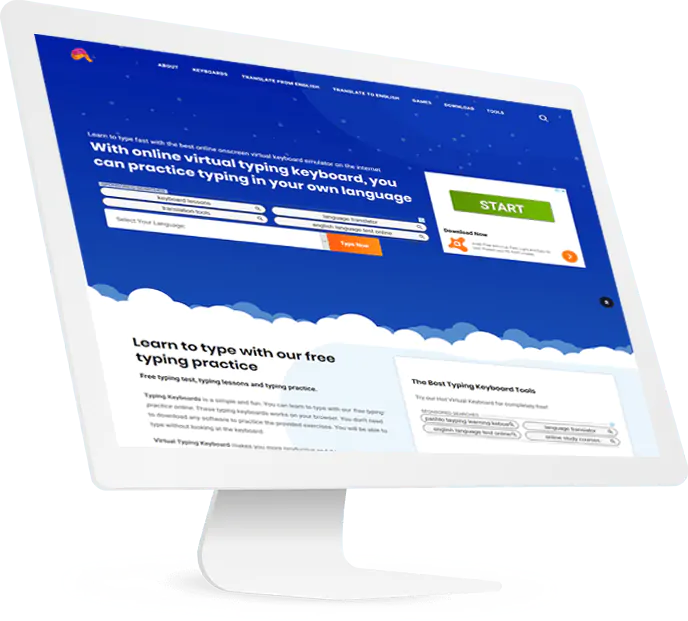Emoji Keyboard Online
Emoji Keyboard Online is the best emoji picker which is very simple to use. This is an online keyboard with emoji that helps to get emojis, emoticons, smiley faces, symbols, fancy texts etc. easily on web browsers. Those emojis can be easily copy and paste and can be use in any online platform like Twitter, Facebook. Inatagram etc.
Introduction to Emoji?
Emoji are pictographs (pictorial symbols) that are typically presented in a colorful form and used inline in text. They represent things such as faces, weather, vehicles and buildings, food and drink, animals and plants, or icons that represent emotions, feelings, or activities. To the computer they are simply another character, but people send each other billions of emoji everyday to express love, thanks, congratulations, or any number of a growing set of ideas.
Emojis are ideograms and smileys used in electronic messages and web pages. Emoji exist in various genres, including facial expressions, common objects, places and types of weather, and animals. They are much like emoticons, but emoji are actual pictures instead of typographics. Originally meaning pictograph, the word emoji comes from Japanese e (picture) + moji (character), the resemblance to the English words emotion and emoticon is purely coincidental. The ISO 15924 script code for emoji is Zsye.
Emoji Online is to Copy and Paste with an emoji picker with an extensive search functionality. This Emoji Keyboard helps to get emojis, emoticons, smiley faces easily on web browsers.
How to use Emoji?
Hover it and just click on an emoji or emoticon symbol to copy it to the clipboard and paste emoji anywhere you want. Notice that some computers do not fully support displaying emojis, thus some emoji characters might not display correctly colorfully in the above area. However, emojis will be correctly copied to the clipboard and you can paste them in supporting websites such as Facebook, Twitter, Instagram, YouTube, TikTok, etc. Thus, Emoji Keyboard is great decorating tools online. Emojis are tested on usual computers, iPhone, iPad, iPod and Android. This Emoji works flawlessly!

